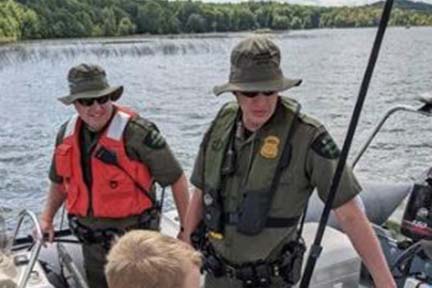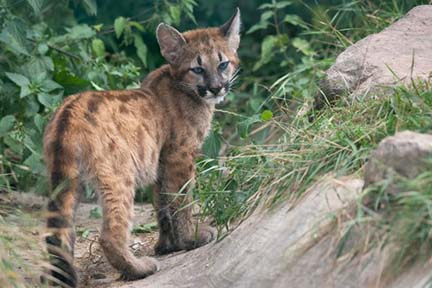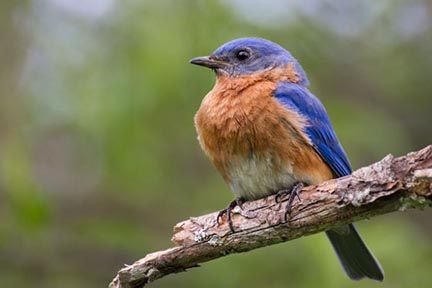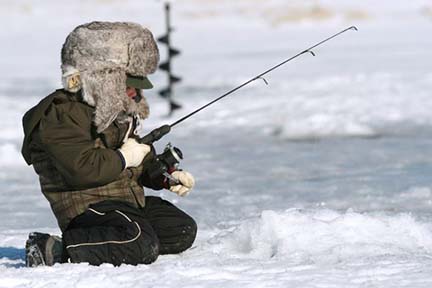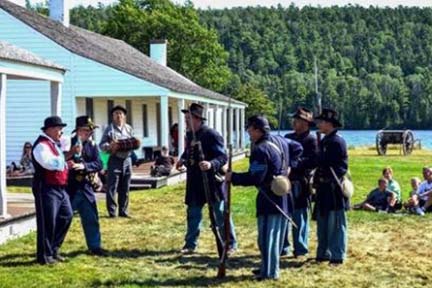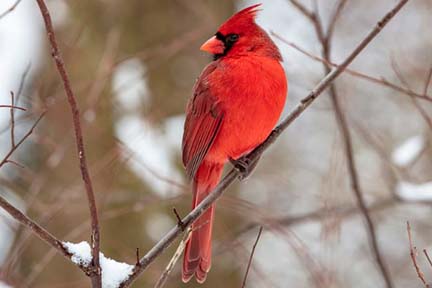Feb. 20, 2025
Contact: Edward Baker, 906-235-6114 or Jeffrey Jolley, 989-686-2678
Help protect sturgeon while ice fishing this season
DNR reminds anglers of lake sturgeon fishing regulations and rehabilitation efforts
Ice fishing has been good this season, but anglers on the ice targeting walleye or other fish may unexpectedly find themselves with a lake sturgeon on the line. The Michigan Department of Natural Resources reminds anglers that regulations on the targeting and harvest of lake sturgeon are in effect, and that on most waters of the state, fishing for lake sturgeon is prohibited and any lake sturgeon caught must be released immediately.
What is a lake sturgeon?
 Lake sturgeon (Acipenser fulvescens), the only sturgeon species found in the Great Lakes, are unique in appearance and characteristics. They have five rows of bony plates, called scutes, on their backs and sides, as well as whisker-like barbels near their mouths. Often referred to as “living fossils” or “dinosaur fish,” lake sturgeon first appeared in the fossil record in the Mesozoic Era, 100 million to 150 million years ago. These fish are long-lived, with some documented at more than 100 years old. Lake sturgeon (Acipenser fulvescens), the only sturgeon species found in the Great Lakes, are unique in appearance and characteristics. They have five rows of bony plates, called scutes, on their backs and sides, as well as whisker-like barbels near their mouths. Often referred to as “living fossils” or “dinosaur fish,” lake sturgeon first appeared in the fossil record in the Mesozoic Era, 100 million to 150 million years ago. These fish are long-lived, with some documented at more than 100 years old.
Lake sturgeon are freshwater fish native to Michigan and found in North America throughout the Great Lakes, Mississippi and Hudson River basins. The species is an important cultural resource in the region, in addition to its ecological significance. But due to overfishing and habitat loss and degradation, lake sturgeon populations in Michigan began to decline in the 1800s. |
Why are lake sturgeon protected?
As a result of declines in lake sturgeon populations, in 1994 the State of Michigan listed lake sturgeon as a threatened species. Since then, the DNR has partnered with state, federal and tribal agencies to rehabilitate lake sturgeon in the state. The goals of these efforts are to conserve lake sturgeon populations that are currently self-sustaining and to rehabilitate depressed or declining populations to self-sustaining levels so that lake sturgeon can be removed from the threatened species list.
As part of this rehabilitation strategy, the DNR and partners stock lake sturgeon in several rivers and lakes in Michigan. Lake sturgeon are raised in streamside rearing facilities. At these facilities, naturally produced eggs or larval lake sturgeon are captured in their natal (birthplace) streams and brought into the rearing facilities, where they are protected from predators while still “imprinting” on the stream or river. This increases their survival and the chances that the sturgeon will return to the stream or river as mature adults to reproduce.
Where can anglers target sturgeon?
 Anglers can target lake sturgeon in Michigan only in designated waters during designated seasons. In some of these waters, lake sturgeon may be targeted, but must be released immediately; in others, a possession season with size restrictions is in effect. Anglers can target lake sturgeon in Michigan only in designated waters during designated seasons. In some of these waters, lake sturgeon may be targeted, but must be released immediately; in others, a possession season with size restrictions is in effect.
Waters with sturgeon possession seasons include:
- Lake St. Clair and St. Clair River.
- Otsego Lake.
- Menominee River.
- Black Lake.
Waters with sturgeon fishing seasons (catch-and-release only) include:
- Detroit River.
- St. Marys River.
- Portage Lake and Torch Lake.
- Ontonagon River.
|
In all other waters in the state of Michigan, it is unlawful to fish for lake sturgeon. Sturgeon are frequently caught incidentally in Saginaw Bay, the Saginaw River, the Kalamazoo River, the Grand River, Muskegon Lake, the Muskegon River, Manistee Lake and the Manistee River, but cannot be targeted in those waters — anglers should be aware of the possibility of incidental lake sturgeon catch and of these regulations.
Any lake sturgeon caught incidentally while targeting other species must be released immediately. When temperatures are below freezing, fish gills can freeze quickly, making it important to release sturgeon into the water as quickly as possible to increase their chances of survival.
“We know that encountering a fish as iconic as the lake sturgeon is a memorable moment for most anglers, but even the time you take to snap a photo can be extremely detrimental to the fish’s health and survival,” said Jeffrey Jolley, Southern Lake Huron unit manager with the DNR Fisheries Division. “A prompt release ensures a healthy sturgeon.”
See page 15 of the 2024 Michigan Fishing Regulations, which remain in effect through March 31, 2025, for detailed information on lake sturgeon fishing regulations, fishing and possession season dates and size requirements.
How do I report a sturgeon harvest?
Where harvest is allowed, lake sturgeon harvest is limited to one (1) lake sturgeon per angler, per license year (April 1-March 31). If you harvest a lake sturgeon, you are required to report the harvest within 24 hours. Lake sturgeon harvest can be reported online at Michigan.gov/RegisterFish, by phone at 888-636-7778 or in person at any DNR customer service center. To report a harvest in person, visit a customer service center during normal business hours and provide advance notice of your arrival by calling ahead.
Anglers can also report catch and release of lake sturgeon using the lake sturgeon form at Michigan.gov/EyesInTheField.
To report illegal harvest or targeting of lake sturgeon, call or text the Report All Poaching hotline at 800-292-7800 or complete the Report All Poaching form at Michigan.gov/EyesInTheField.
For more information on lake sturgeon visit Michigan.gov/Sturgeon or visit the DNR’s Lake Sturgeon Management page for details on management and restoration efforts in Michigan.
Note to editors: The accompanying photos are available below for download. Caption information follows.
- Close-up sturgeon: The Michigan DNR has partnered with state, federal and tribal agencies to rehabilitate lake sturgeon in the state.
- Harvested sturgeon: Anglers can target and harvest lake sturgeon in Michigan only in designated waters during designated seasons.
|
